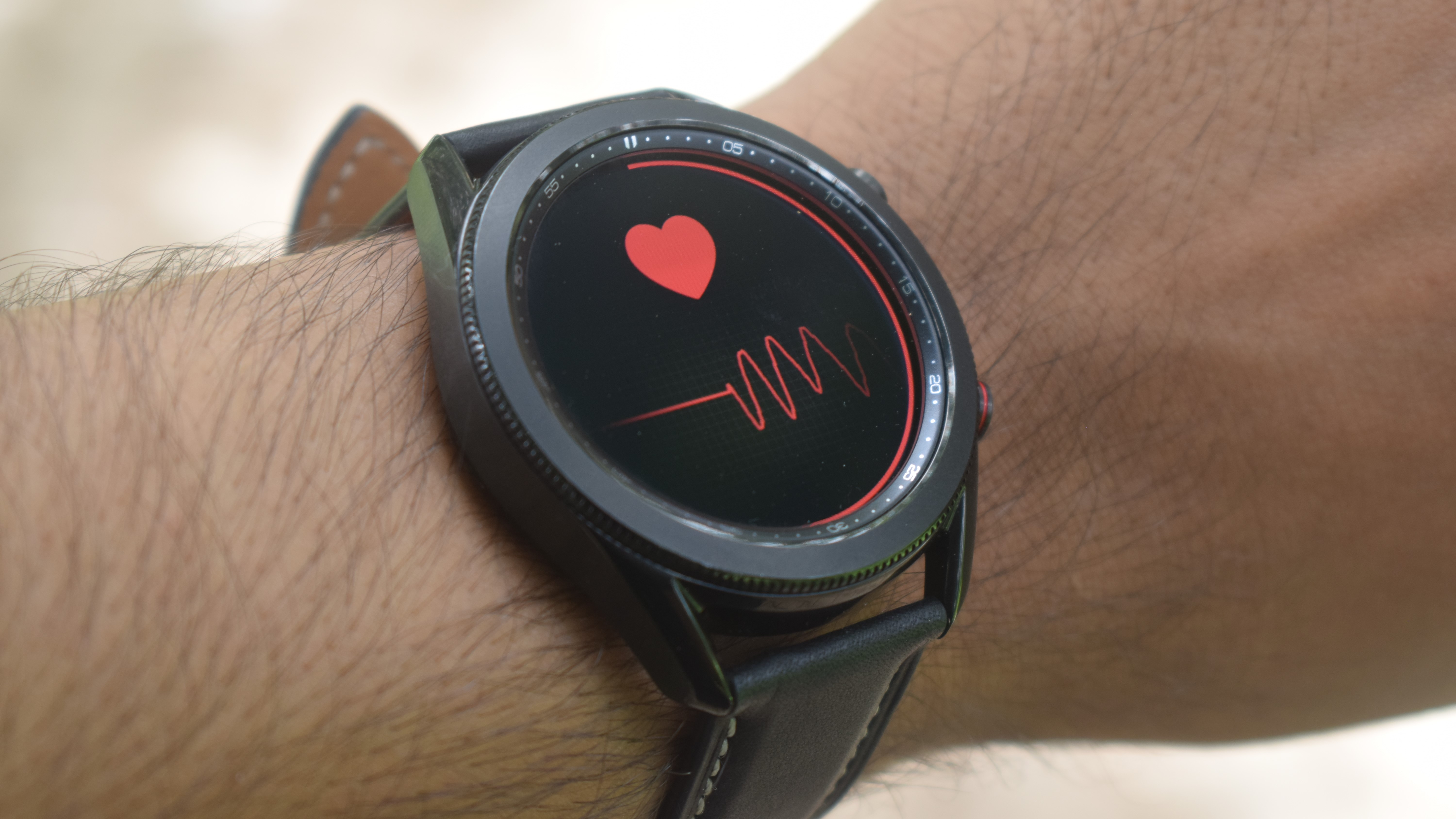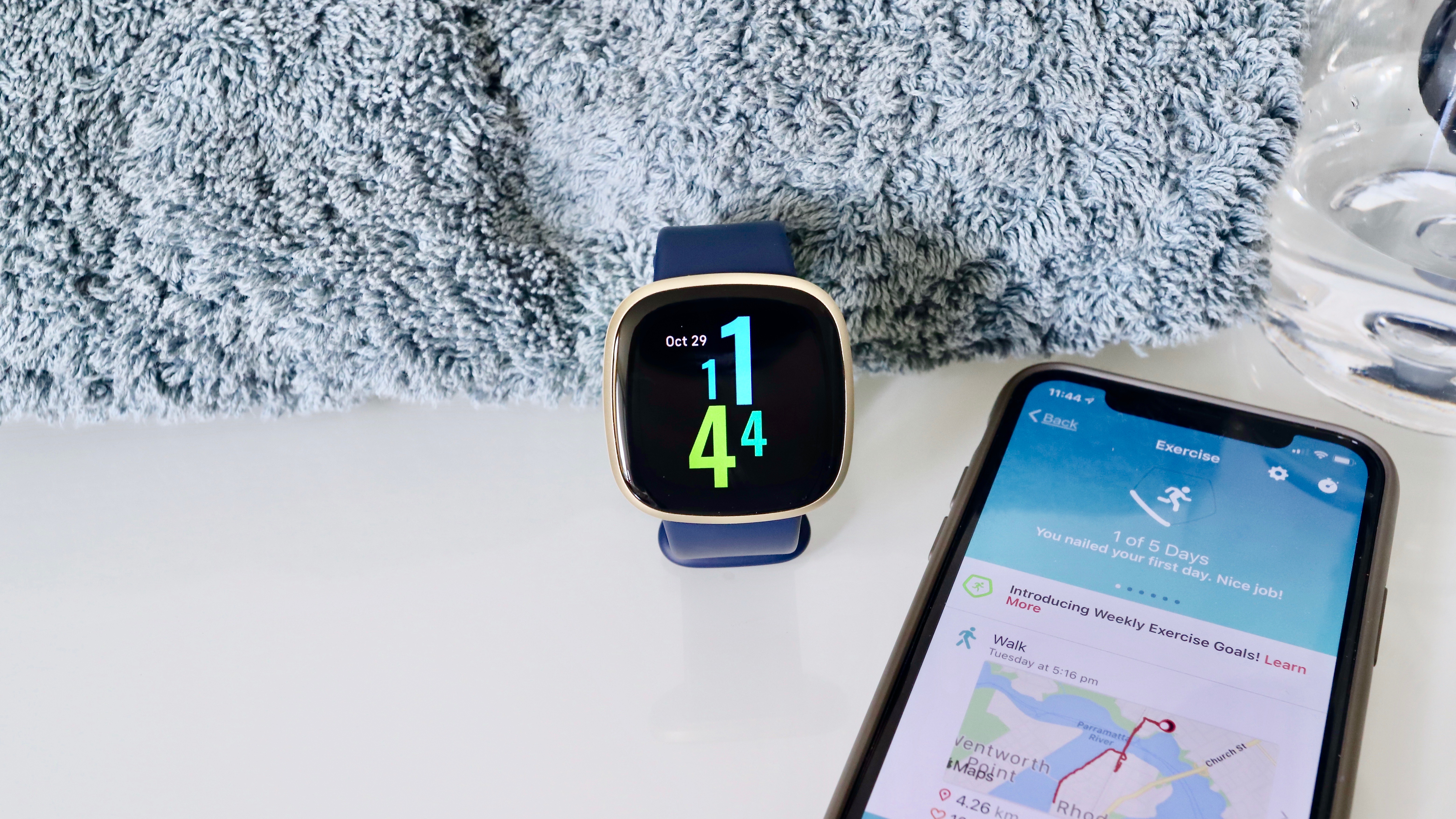Samsung's Galaxy Watch 4 switching to Wear OS doesn't make sense right now
Cast your mind back to 2014: Wear OS was still Android Wear and the Apple Watch, or the iWatch as it was being called, was still roughly a year away from being officially unveiled. The Samsung Gear Live was one of the two launch devices that represented Google’s ambitions to live on our wrists.
Just six months later, Samsung pushed out the Gear S that ran on the company's own Tizen software rather than Wear OS. There might have been a sense that Samsung was hedging its bets and backing two horses to see which of the two took off. The fact we didn’t see another Samsung Wear OS smartwatch after the Gear Live speaks volumes though.
Fast forward to 2021 and we are still having a lot of the same gripes about Google's Wear OS, while Tizen has found itself packed into some of the best smartwatches you can put on your wrist right now. That’s why talk of Samsung potentially swapping Tizen for Wear OS fueled by Samsung insider Ice Universe's recent Twitter post doesn’t seem to make a lot of sense to me.
Samsung's new watch will use Android to replace Tizen.February 19, 2021
In its current state, it’s a struggle to see what Wear OS is actually doing more impressive things and for the features that are working better, it’s taken much longer for Google to get them to a point where they feel enjoyable and unproblematic to use.
On the flip side, Samsung has just launched two of its best smartwatches in the Galaxy Watch 3 and the Galaxy Watch Active 2 and a big part of why they’re the best and most reviews say it’s the best smartwatch option for Android users, is that Tizen is a currently a much better fit for the wrist.
Tizen vs Wear OS
I’ve tried to look at what Samsung could gain from Wear over Tizen and it’s hard to see what there is right now. Samsung’s software is easier to use, for starters. It’s well optimized for smartwatches and crucially, it’s done a much better job of bringing improvements and enhancements to its own platform. Even stretching back to older models. It’s not perfect, but it does do a lot of things right.
Can the same be said about Google? The problem of having so many different watches that run its software is that fragmentation creates problems. It feels like when something new does arrive on a software update, it’s going to be fine on some Wear OS watches and botches a few others in the process. The long running issue people have been experiencing with Google Assistant is just one example of this.
One of the longstanding and biggest criticisms leveled at Tizen is the level of app support on offer. It still largely pales in comparison to what is offered for Apple Watch and Wear OS users. There’s a bigger debate to be had that actually smartwatch platforms need to get get their native apps that come installed in better shape.

Samsung by and large do a good job on this front. Samsung Health is not perfect, but it’s a step up from Google’s messy collection of Fit apps. Samsung has big third party apps like Spotify that are well integrated into the experience and offers good offline support features. Google may well have the upper hand when it comes to smart assistants (sorry Bixby, you’re a mess), but actually the Google Assistant support on Fitbit’s smartwatches is much more pleasing than it is on Google’s own Wear OS watches.
Samsung is bolstering its health and fitness features in a big way too. It has some of the best fitness tracking features you can find on a smartwatch and it’s trying to offer unique features for sports tracking too. It’s put ECG in its smartwatches, is the first to offer blood pressure monitoring and while they are very much still rumors, could even be looking to solve a holy grail for wearables by delivering glucose monitoring.
Samsung still makes us download plugins after plugins to get things set up and makes it and the experience clearly favors Samsung phone users over iPhone ones, but things generally just work when that’s all out of the way.
Getting closer to Apple
What could drive a potential switch is an attempt to play catch up with who is dominating the space. Apple led the market according to the latest data from analyst firm IDC’s most recent Worldwide Quarterly Wearable Device Tracker.
Xiaomi, Huawei and Samsung followed in that shipments list. Fitbit took fifth spot.
Fellow analysts CCS Insight latest data suggests Google’s Wear OS accounted for just 3% of sales in 2020. That doesn’t make good reading for Google.
That positioning of Fitbit though and Google’s acquisition of the wearable tech heavyweight now finally completed may be something that has prompted Samsung to look in the direction of Wear again.
In just a short time, Fitbit has shown it can do a lot of things better than Google and Wear OS. Battery life, general performance, fitness and health tracking and, as mentioned, far better smart assistant integration.

It’s hard to know if the influence of the acquisition is going to be felt immediately though. You might well be able to buy Fitbit devices on Google’s store right now, but does that mean it’s making its mark behind the scenes already? It’s hard to tell.
Samsung might also see that Google has seemingly started to loosen the reins from the once firm grip it had on the way Wear was presented on all smartwatches that ran on it.
It’s now let Suunto, Oppo and even Mobvoi with its latest TicWatches, offer more of their own software flourishes and it’s been a positive move in most respects.
It’s also in some respects made it feel at times like you’re using a smartwatch with a software broken into two. Using a Suunto 7 with Suunto software and Wear felt a bit messy. With the Oppo Watch and the latest TicWatch Pro 3, it was hard not to favor the software elements put on by the hardware makers over Google’s.
Ultimately, there feels like there is more to lose than gain here from making that switch. Samsung’s Tizen feels like it's in a stronger position than Wear despite some rocky early years for the platform. Samsung will have to have seen something really special on the horizon for Wear to leave Tizen behind.
Contributer : Techradar - All the latest technology news https://ift.tt/2NAWxej

 Reviewed by mimisabreena
on
Saturday, February 27, 2021
Rating:
Reviewed by mimisabreena
on
Saturday, February 27, 2021
Rating:













No comments:
Post a Comment